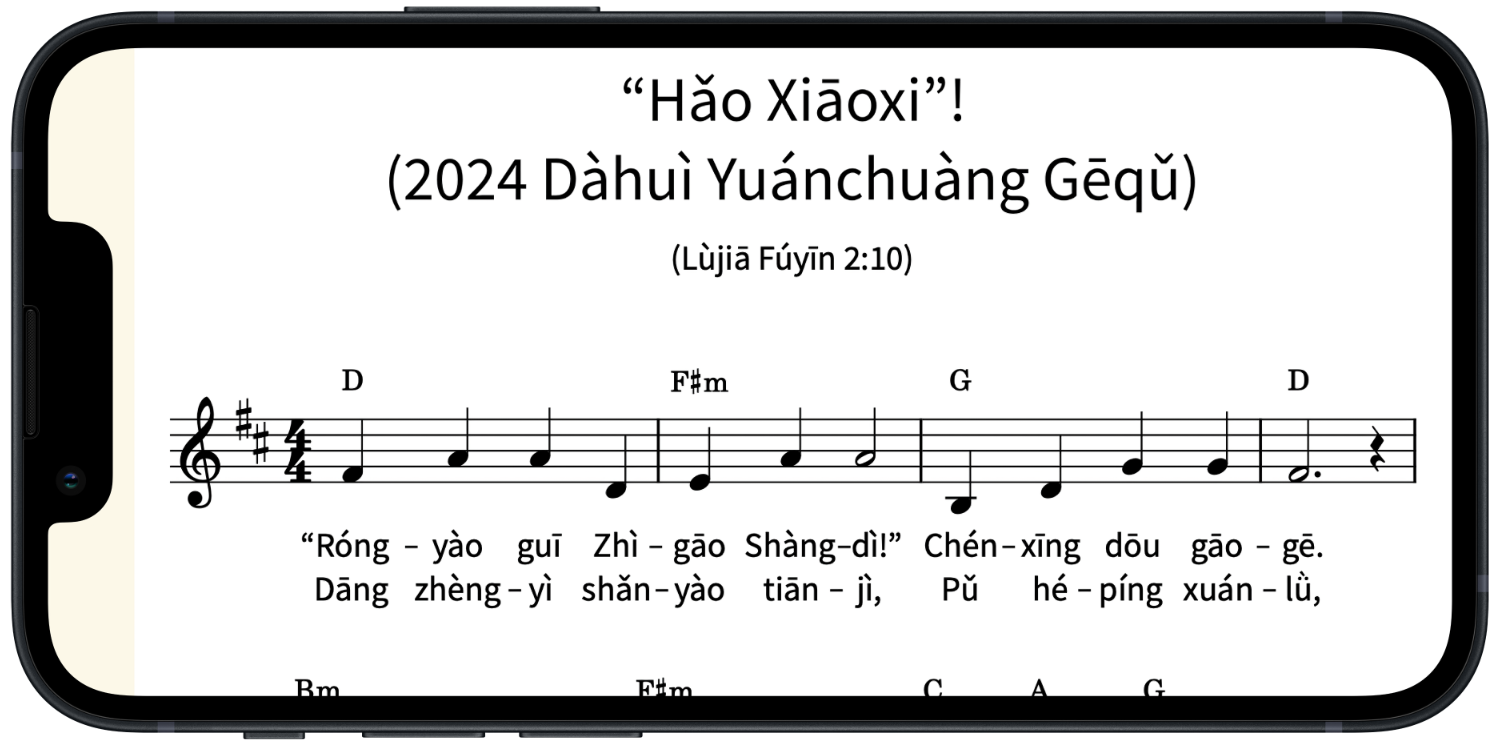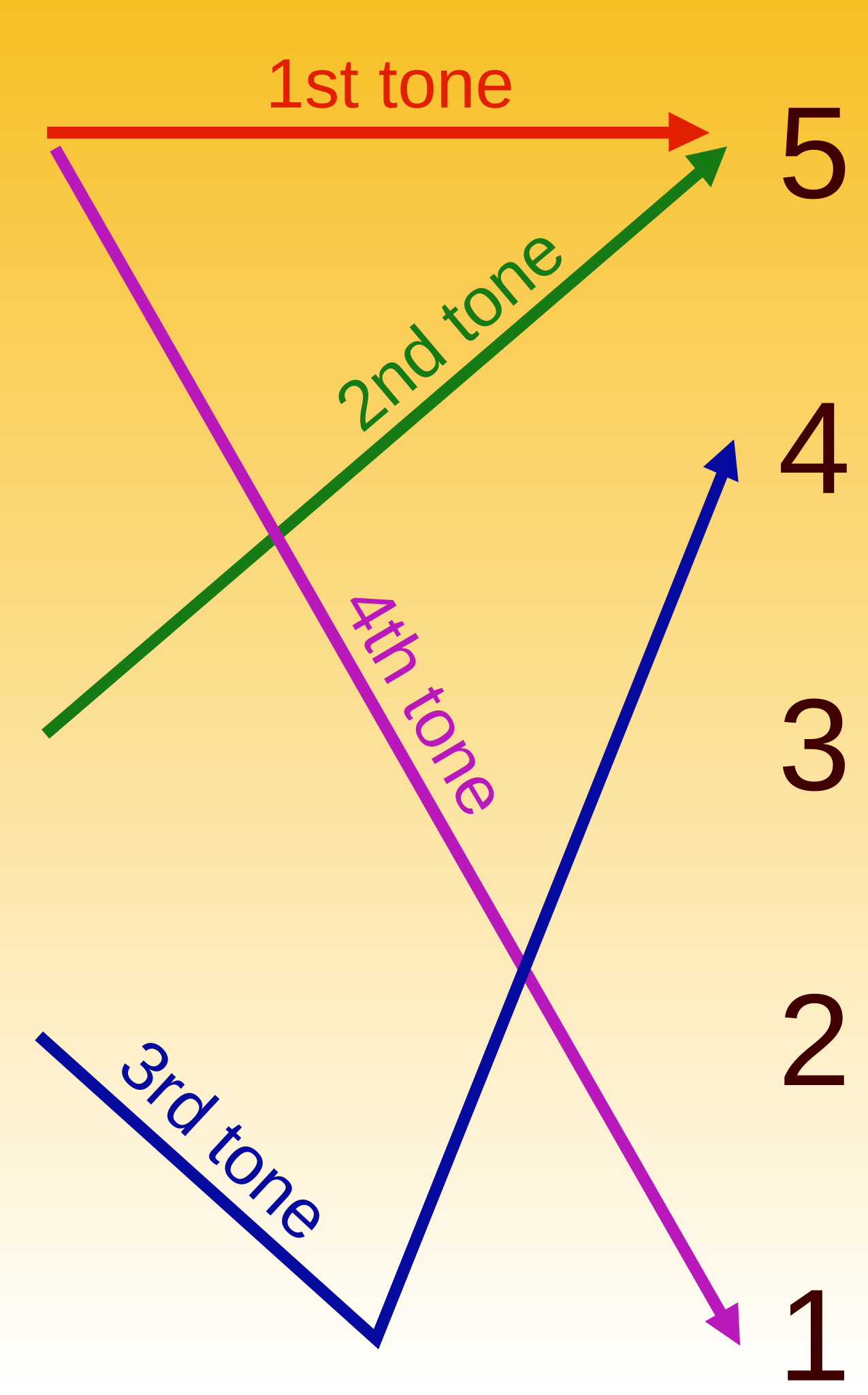yǎnshēng (yǎn·shēng {spread [out]}; develop; amplify; overflow; {spill over} · {give birth/life to}; grow → [derive | develop; evolve; produce; give rise to] 衍生) ← Tap/click to show/hide the “flashcard”
[Notes: Tap/click on a Pīnyīn (Pīn·yīn {Piecing Together of} · Sounds → [Pinyin] 拼音) expression to reveal its “flashcard”; tap/click on a “flashcard” or its Pīnyīn (Pīn·yīn {Piecing Together of} · Sounds → [Pinyin] 拼音) expression to hide the “flashcard”. 📖 📄 📘 icons mean 📖 Reveal All, 📄 Reveal Advanced, and 📘 Reveal None re all the “flashcards” in the heading, paragraph, etc. that they are placed at the beginning of.]
The Shēngmìng Láizì Chuàngzào Ma? ((Shēngmìng Life 生命) (Lái·zì Came · From 来自 來自) (Chuàng·zào Initiating · {Making, Creating} → [Creating] 创造 創造) (Ma [? ptcl for “yes/no” questions] 吗 嗎)? → [Was Life Created? (lc)]) (Was Life Created? (lc)) brochure and the Shēngmìng de Qǐyuán—Zhíde Sīkǎo de Wǔ Ge Wèntí ((Shēngmìng Life 生命) (de ’s 的) (Qǐ·yuán {Rising → [Starting]} · Source → [Origin] 起源/原)—(Zhí·de Worth · Getting → [Worth] 值得) (Sī·kǎo {Thinking About} · Examining 思考) (de ’s 的) (Wǔ Five 五) (Ge [mw] 个 個/个) (Wèn·tí Asking · Subjects → [Questions] 问题 問題) → [The Origin of Life—Five Questions Worth Asking (lf)]) (The Origin of Life—Five Questions Worth Asking (lf)) brochure were originally published back in 2010, but relatively recently, the English version of the Was Life Created? brochure was updated to the December 2022 Printing, and the Mandarin version of it was updated to the February 2023 Printing. Also, the Was Life Created? brochure and the Origin of Life brochure are now in the Teaching Toolbox section in the JW Library app. So, it would be good to consider some of the expressions used in the Mandarin versions of these publications that can be so helpful when discussing whether life was created.
“The Product of Random, Undirected Events?”
This week’s MEotW, which appears in the section of the Mandarin Was Life Created? brochure entitled “Jiǎnjiè (Jiǎn·jiè {Simple → [Brief]} · {Being Situated Between → [Introduction]} 简介 簡介)” (“Introduction”), is “yǎnshēng (yǎn·shēng {spread [out]}; develop; amplify; overflow; {spill over} · {give birth/life to}; grow → [derive | develop; evolve; produce; give rise to] 衍生)”:
Was life created, or are you purely the product of random, undirected events?
Mandarin (WOL; Pīnyīn (Pīn·yīn {Piecing Together of} · Sounds → [Pinyin] 拼音) Plus)
📖 📄 📘 Shēngmìng (life 生命) láizì (lái·zì came · from 来自 來自) chuàngzào (chuàng·zào initiating · {making, creating} → [creating] 创造 創造) ma ([? ptcl for “yes/no” questions] 吗 嗎)? Háishi (Hái·shi {still more → [or]} · {is (it a)} 还是 還是) chúncuì ({being pure} → [purely] 纯粹 純粹) yóu ({due to} 由/繇) yìxiē (yì·xiē one · {indefinite number of} → [some] 一些) suíjī (suí·jī {coming along with} · chance → [random] 随机 隨機), bú (not 不) shòu ({having received} 受) zhǐhuī (zhǐ·huī {(pointing with) finger → [pointing]} · {spraying → [directing]} → [directing] 指挥 指揮) de (’s 的) shìjiàn (shì·jiàn events · [mw] 事件) yǎnshēng (yǎn·shēng {having been spilled over} · {having been given birth to} → [having been produced] 衍生) chulai (chu·lai out · {to come} 出来 出來) de ({’s (thing)} 的) ne ([? ptcl] 呢)?
As can be seen from the above quotes, the Mandarin Was Life Created? brochure uses “yǎnshēng (yǎn·shēng {spread [out]}; develop; amplify; overflow; {spill over} · {give birth/life to}; grow → [derive | develop; evolve; produce; give rise to] 衍生)” to effectively mean “having been produced”.
Did Life Just Randomly “Spill Over” into Existence?
The “yǎn ({spread [out]}; develop; amplify; overflow; {spill over} [→ [[is] redundant; [is] superfluous]] 衍)” in “yǎnshēng (yǎn·shēng {spread [out]}; develop; amplify; overflow; {spill over} · {give birth/life to}; grow → [derive | develop; evolve; produce; give rise to] 衍生)” can mean “overflow” or “spill over”, so it well gives the impression of something that happens as a result of random, undirected processes, when there is not an intelligent person paying attention and directing things.
For comparison, consider three expressions that the Pleco app’s built-in dictionary uses as examples of expressions that include “yǎn ({spread [out]}; develop; amplify; overflow; {spill over} [→ [[is] redundant; [is] superfluous]] 衍)”:
- yǎnjìn (yǎn·jìn {spread [out]}; develop; amplify; overflow; {spill over} · advance → [evolve] 衍进 衍進)
- yǎnbiàn (yǎn·biàn {spread [out]}; develop; amplify; overflow; {spill over} · change → [develop; evolve] | {spreading [out]}; developing; amplifying; overflowing; {spilling over} · changing → [transformation; development; evolution; progressive change] 衍变 衍變)
- yǎnwén (yǎn·wén {spread [out]; overflowed; spilled over → [redundant; superfluous]} · writing → [duplication/redundancy due to misprinting or miscopying] 衍文)
So, since “yǎnshēng (yǎn·shēng {spread [out]}; develop; amplify; overflow; {spill over} · {give birth/life to}; grow → [derive | develop; evolve; produce; give rise to] 衍生)” accurately expresses the randomness and passiveness of how supporters of evolution say life came to be, we should not use it when referring to how our Creator actually brought life into existence—with loving care and heaps of active intelligent direction.
For convenience:
The direct link for the current generation Pīnyīn (Pīn·yīn {Piecing Together of} · Sounds → [Pinyin] 拼音) Plus resource for the Was Life Created? brochure is:
The short link for Chinese field language-learning links for the Was Life Created? brochure is:
More Pīnyīn (Pīn·yīn {Piecing Together of} · Sounds → [Pinyin] 拼音) and Pīnyīn (Pīn·yīn {Piecing Together of} · Sounds → [Pinyin] 拼音) Plus web material based on the Mandarin Was Life Created? brochure will be made available in the Pīnyīn (Pīn·yīn {Piecing Together of} · Sounds → [Pinyin] 拼音) Plus web resource as time allows.

